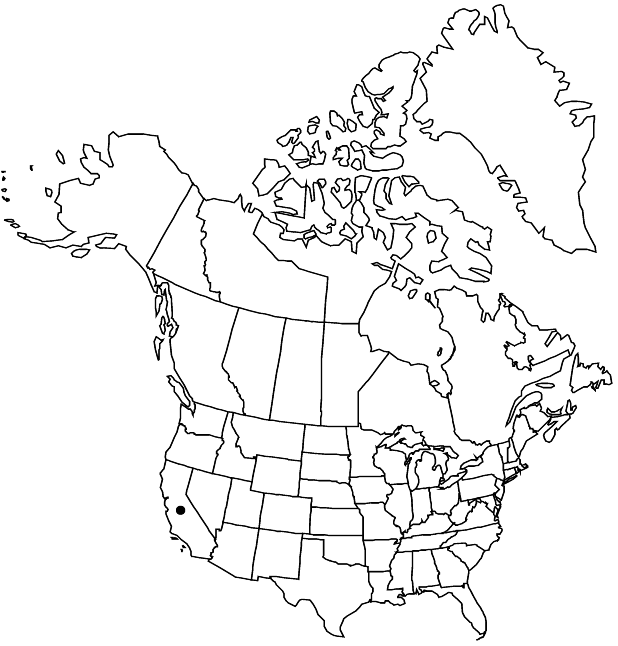Arctostaphylos andersonii
Proc. Amer. Acad. Arts 11: 83. 1876 ,.
Shrubs or trees, erect, (arborescent), 2–5 m; burl absent; twigs densely short-hairy with long, white, gland-tipped hairs. Leaves bifacial in stomatal distribution; petiole to 4 mm; blade bright green, dull, oblong, 4–7 × 1.5–2.5 cm, base auriculate-clasping, margins entire, plane, surfaces smooth, glabrous. Inflorescences panicles, 4–6-branched; immature inflorescence pendent, branches spreading, axis 2–3 cm, 1+ mm diam., densely short-hairy with long, white, gland-tipped hairs; bracts not appressed, leaflike, lanceolate, 8–15 mm, apex acute, surfaces short-hairy with long, gland-tipped hairs. Pedicels 6–8 mm, finely glandular-hairy. Flowers: corolla white, conic; ovary finely glandular-hairy. Fruits depressed-globose, 6–8 mm diam., finely glandular-hairy, (viscid). Stones distinct. 2n = 26.
Phenology: Flowering winter–early spring.
Habitat: Chaparral, edges of open forests
Elevation: 300-900 m
Discussion
Of conservation concern.
Arctostaphylos andersonii is known from the central and southern Santa Cruz Mountains in Santa Cruz and Santa Clara counties.
Selected References
None.
